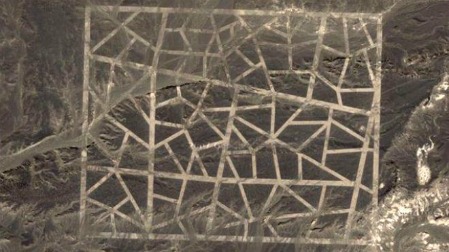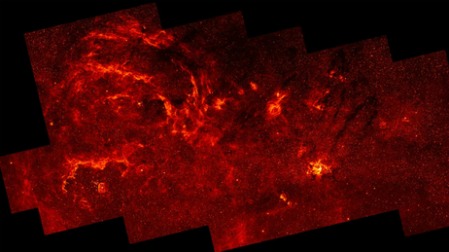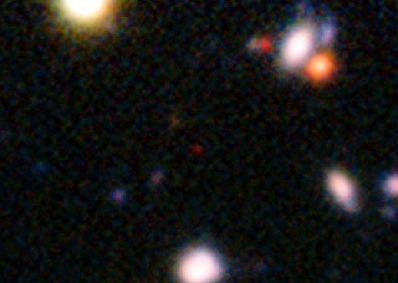Scientists working at the super collider that measured neutrinos seeming to beat Einstein’s cosmic light speed barrier a few months ago say they have uncovered at least two issues with the high-tech gear used to clock the speedy particles. It could boil down to faulty wiring: [Read more…]




